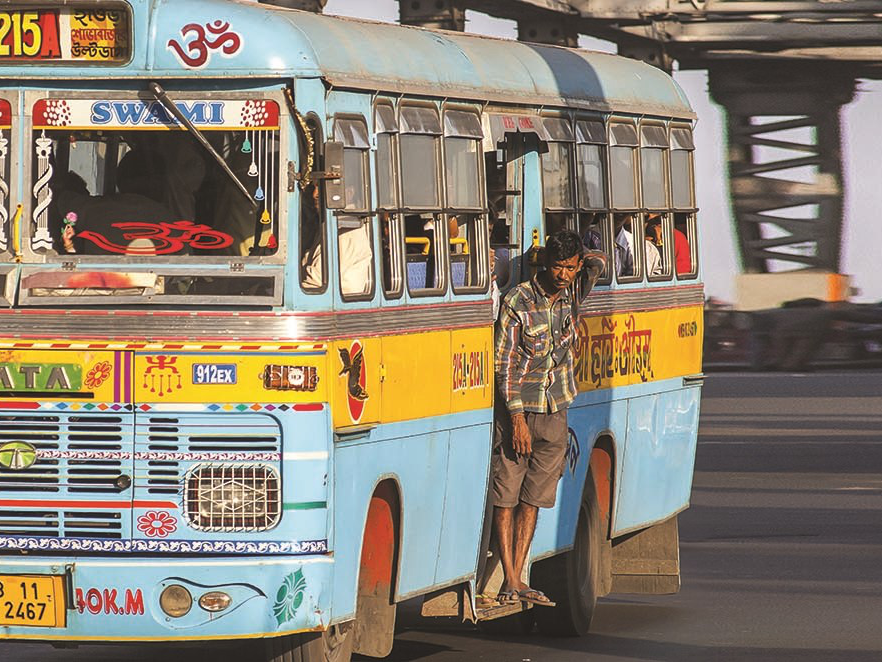
India: A beacon of hope and stability
As we highlighted at our Annual Investor Meeting back in April, India has been enjoying a period in the limelight as a beacon of hope and relative stability in a global economy that has seen a significant uptick in political volatility through the course of 2016. The economy is growing strongly, with forecast GDP growth for 2016 at 7%+, and with a reform-minded Government and a results-oriented Prime Minister in place, India certainly seems to merit some of these plaudits.
It was certainly reassuring to see the uncertainty surrounding the leadership of the Reserve Bank of India resolved with the appointment in late August of Dr. Urjit Patel to succeed Rajan. His appointment should help in maintaining the RBI’s credibility as an independent central bank with a clear focus on the management of inflation in the economy. From the Actis perspective, we see the economy remaining finely balanced with declining exports, weak investment growth, continued concerns around non-performing loans in the banking system and inflationary pressures, which we hope to see mitigated through declining food prices resulting from this year’s better monsoon season.
Over the next 3-4 years, we see GDP growth continuing in the 6-7% range driven by themes that are familiar across many of our markets – favorable demographic trends, the emergence of the middle class and continued export growth as India remains competitive in international markets as labour costs continue to rank among the lowest of the major growth economies.
Will GST finally arrive?
One of the most significant recent reforms has been the introduction of the new federal Goods and Services Tax (GST), which is planned to come into effect with the passing of the GST bill in April 2017. India currently has a complex indirect taxation system with multi layered taxes on interstate movement of goods, which distorts incentives and creates inefficiencies for businesses. Successive governments in India have tried to introduce a uniform GST, which is a national Value Added Tax.
While the April 2017 deadline appears challenging, the introduction of this tax is a strong indication of the Government’s commitment to reform, and of the importance of addressing the bureaucratic obstacles that exist to the creation and exploitation of a unified domestic market in a country with a population rapidly closing in on 1.5bn people. If and when implemented, GST will move the basis of taxation from the state of manufacture to the state in which the sale takes place, thereby hopefully improving collection rates and shifting the tax burden to India’s wealthier states. At the same time, it should eliminate some of the reasons behind the development of India’s unwieldy logistics network that today sees warehouses and supply chains planned to meet the requirements of the tax system rather than to optimize distribution efficiency. From the consumer perspective, the biggest advantage would be in a reduction in the overall tax burden on goods, which is currently estimated at 25%-30% leading in turn to an increase in consumer demand and helping to mitigate inflationary pressures.
Implementation is not without its challenges though, and while our portfolio companies are preparing for the new regime, they are evidently in a minority, with recent surveys suggesting that less than a third of Indian companies are currently getting ready for the implementation of GST. We do see evidence of efforts by the Government to address this evident lack of urgency, but with Infosys still to demonstrate that they will be in a position to implement the national IT infrastructure in time for the 2017 deadline, many Indian businessmen remain highly sceptical and have adopted a “wait and see” attitude.
When it rains it pours…
With almost half of the country’s farmland being rain fed, the June to September monsoon is critical for the health of Indian agriculture. India receives 80% of its total rainfall during the monsoons and two consecutive years of poor rainfall have led to a drought in many Indian states and negatively impacted rural incomes and consumption.
Happily, 2016 has seen above-average rainfall, in line with the Meteorological Office forecasts of 107% of the long term average. A normal monsoon, besides boosting rural incomes and keeping food inflation under check has multiple flow through benefits including boosting credit demand, vehicle sales and consumer sentiment in the country, and we are already seeing this in the strong performance of our industrial companies, notably Endurance with its dependence on the two-wheeler market.
So on balance we see valid reasons for optimism. Supply-side bottlenecks in key sectors such as energy do continue to pose a risk to the continuation of India’s improved economic growth, but these also present opportunities for those in a position to capitalize on the Government’s emphasis on reform in these sectors. Through our existing Ostro investment and now as we look ahead to the next generation of investments from our new Energy funds, we will continue to invest in India’s energy infrastructure to help address this constraint.